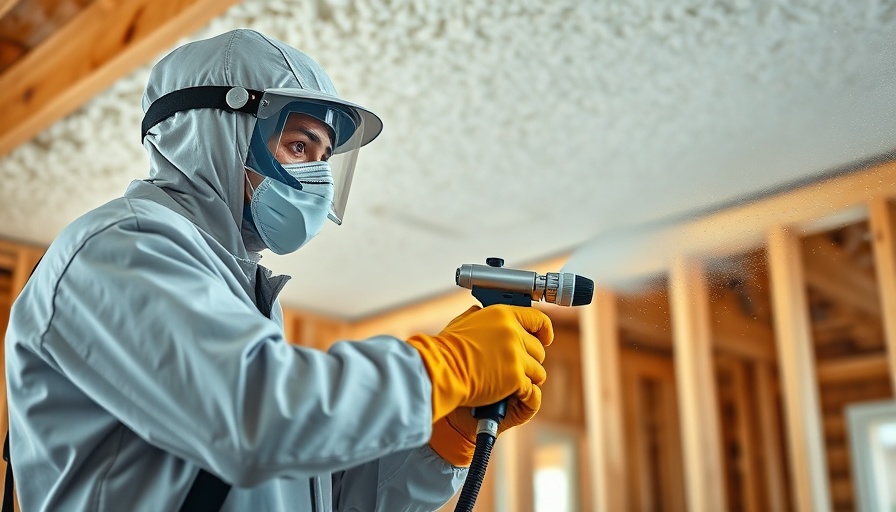
Choosing Between Blown-In and Spray Foam Insulation
Insulating your home is crucial for improving comfort, energy efficiency, and stability. Among the many insulation options available, blown-in insulation and spray foam insulation stand out as popular choices. Both offer significant thermal performance but come with distinct applications and characteristics that can impact your home improvement decisions.
Installation Techniques and Material Varieties
Blown-in insulation, consisting mainly of materials like cellulose or fiberglass, is installed with a machine that disperses the material into wall cavities, attics, or tough-to-reach spaces. Its ease of installation makes it a go-to in retrofit projects. Comparatively, spray foam insulation is applied as a liquid that rapidly expands to create a dense foam, forming an air-tight seal upon hardening. It’s pivotal to consult with a professional to assess the layout of your home, ensuring that the chosen method optimally fills spaces and prevents air leaks.
R-Value Insights: Maximizing Thermal Performance
When it comes to energy efficiency, the R-value—an indicator of thermal resistance—plays a vital role. Generally, blown-in insulation provides an R-value between R-2.2 to R-3.8 per inch, while spray foam insulation outperforms with R-values ranging from R-3.5 for open-cell foams up to R-7 for closed-cell varieties. This means that spray foam can offer superior performance in tighter spaces, which can be a game changer for homeowners looking to maximize their insulation within limited areas.
Moisture Management and Air Sealing Capabilities
A critical consideration when selecting insulation is its effectiveness at managing moisture and air. Blown-in insulation fills cavities but does not inherently block air or serve as a moisture barrier. Therefore, it's often paired with additional vapor barriers to guard against moisture issues. On the other hand, spray foam insulation provides a dual function, acting as both an air sealant and a moisture barrier—especially beneficial in humid environments. This combination helps improve indoor air quality by minimizing drafts and preventing allergens from infiltrating living spaces.
Environmental Considerations: Making Eco-Friendly Choices
More homeowners are factoring in the environmental impact of their insulation choices. Cellulose blown-in insulation is lauded for its eco-friendly qualities, as it typically includes a significant percentage of recycled materials. Conversely, while spray foam insulation offers superior thermal performance, it’s essential to consider its material composition and potential environmental footprint when making your choice.
In summary, both blown-in and spray foam insulation come with individual advantages. Assessing your specific needs regarding installation, thermal efficiency, moisture management, and environmental impact will guide you toward the best insulation for your home.
 Add Row
Add Row  Add
Add 



Write A Comment